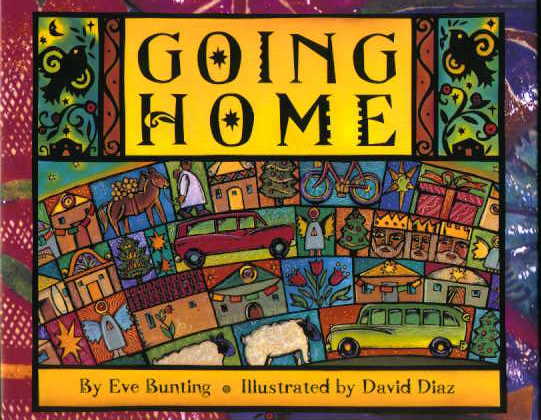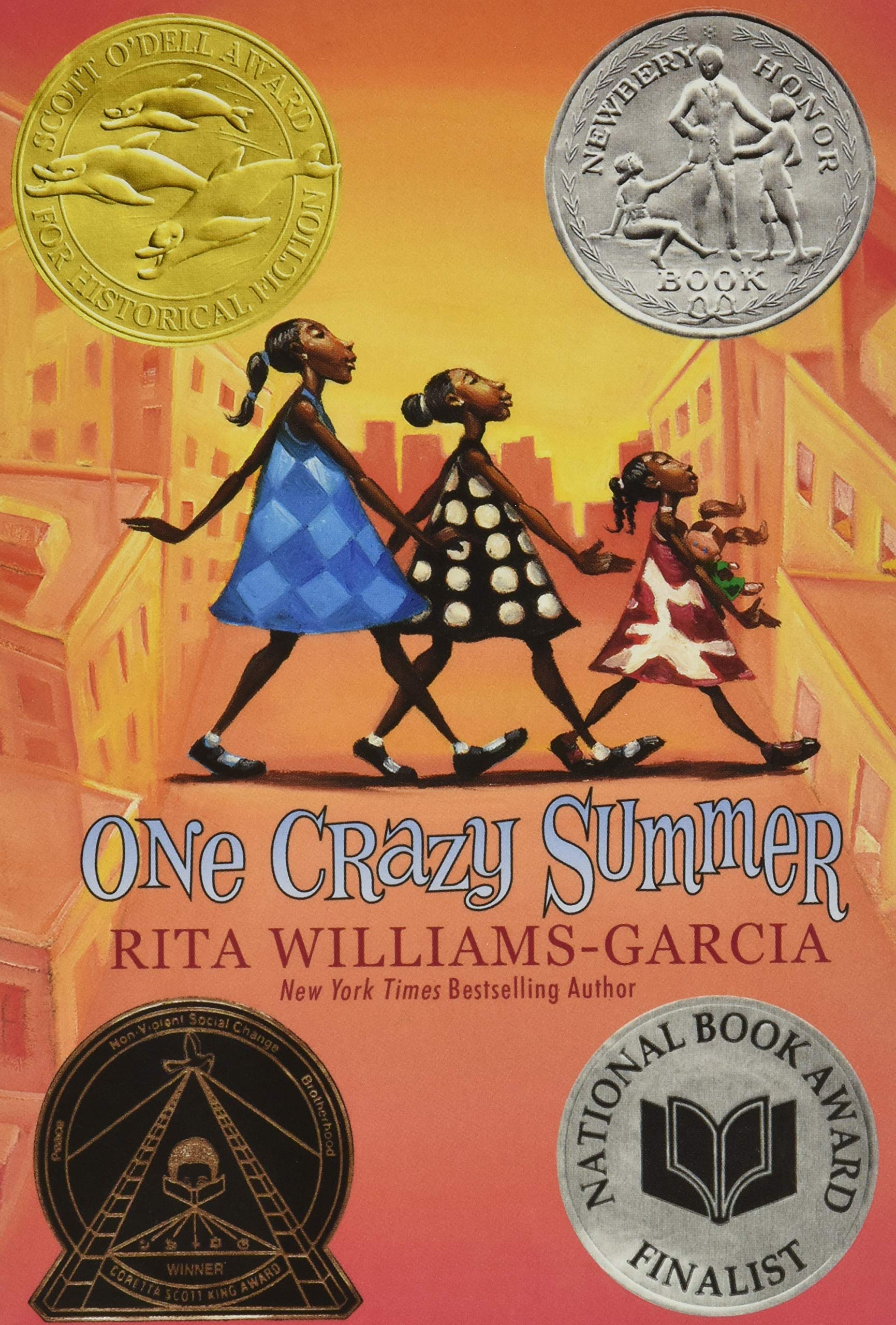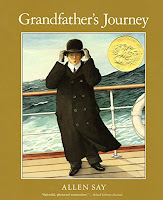 The Mysterious Benedict Society
The Mysterious Benedict Societyby Trenton Lee Stewart (2008)
2010-2011 Iowa Children's Choice Award winner
What an amazing read! I flew through this 500 page book in just two days. The plot was exciting and the word choice often hilarious, but the character development really held my attention. Reynie, Sticky, Kate and Constance are precocious and self-sufficient, but constantly surprising. Each child's journey revolves around learning to be less independent, though, and understanding that their new friends -- and humanity itself to a certain extent -- are really a family. Although children may not make the same connections as I did reading the text (the political satire implanted in the Emergency, and the disconcertingly Orwellian rules at the Learning Institute for the Very Enlightened, for example), the story itself is a wonderful blend of fantastical plot twists and strangely realistic characters. The book is recommended for children 9-12, but I believe a reader as young as 7 would enjoy this book as a read-aloud and older children and adults would still relate to the characters while making connections to other texts or the world itself. This book is probably intended for gifted students, but because the characters in the text are learning from each other there are vocabulary words and concepts that are literally defined (usually by Sticky) so there are ample learning opportunities for readers.
This book is probably too long for a whole-class assignment and discussion, and many less advanced readers would probably be intimidated by the sheer mass of the volume. However, this is definitely a book I would recommend to individual students, advanced reading groups, and parents looking for something to read to their children after the Harry Potter series has been read through repeatedly. I personally think this would be a fantastically fun book to read aloud to students -- and even reading aloud a portion to a class as part of a book talk will likely spark students' interest. I know the first chapter made me want to read on. And now the first book made me want to read the other two as well.
It's even more fun knowing that Stewart is a graduate of the Iowa Writers' Workshop. I would also be interested in reading his novel Flood Summer.























